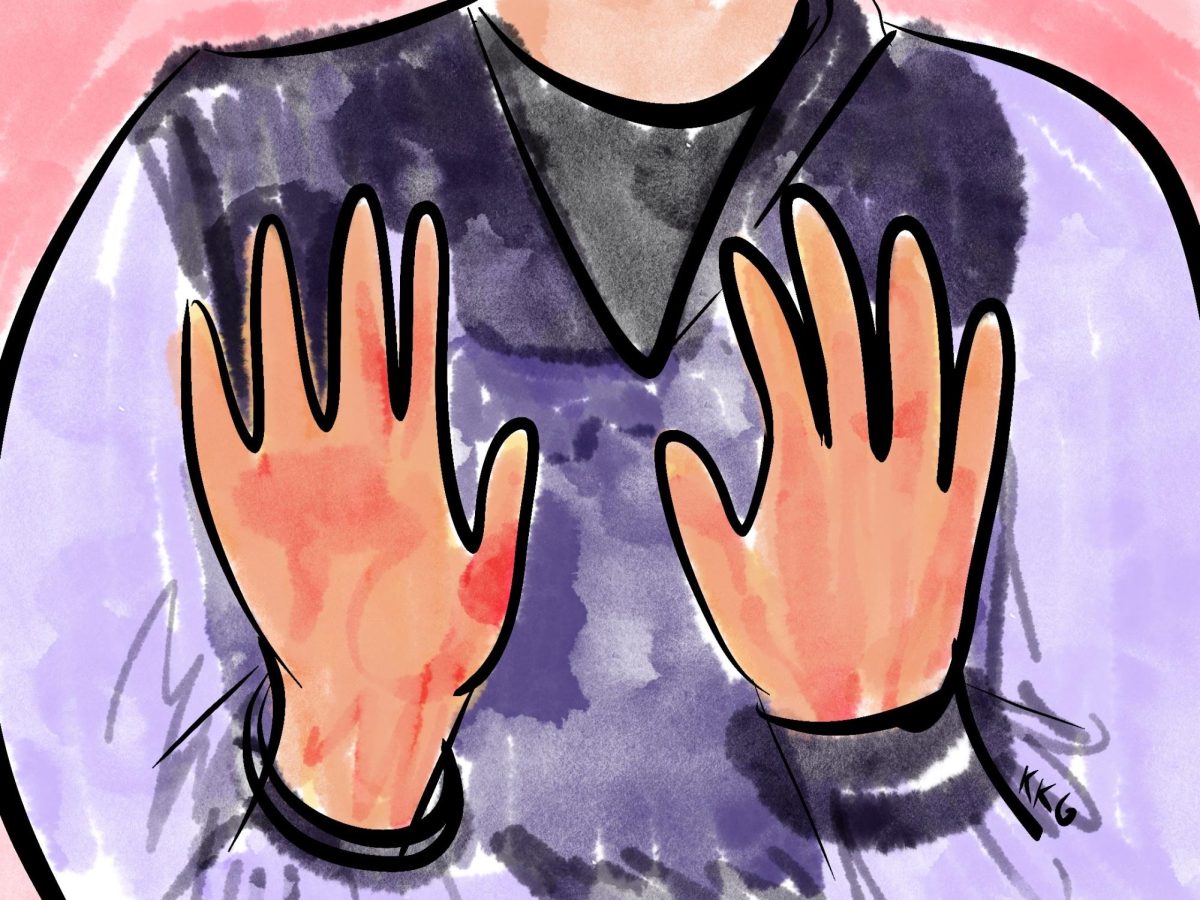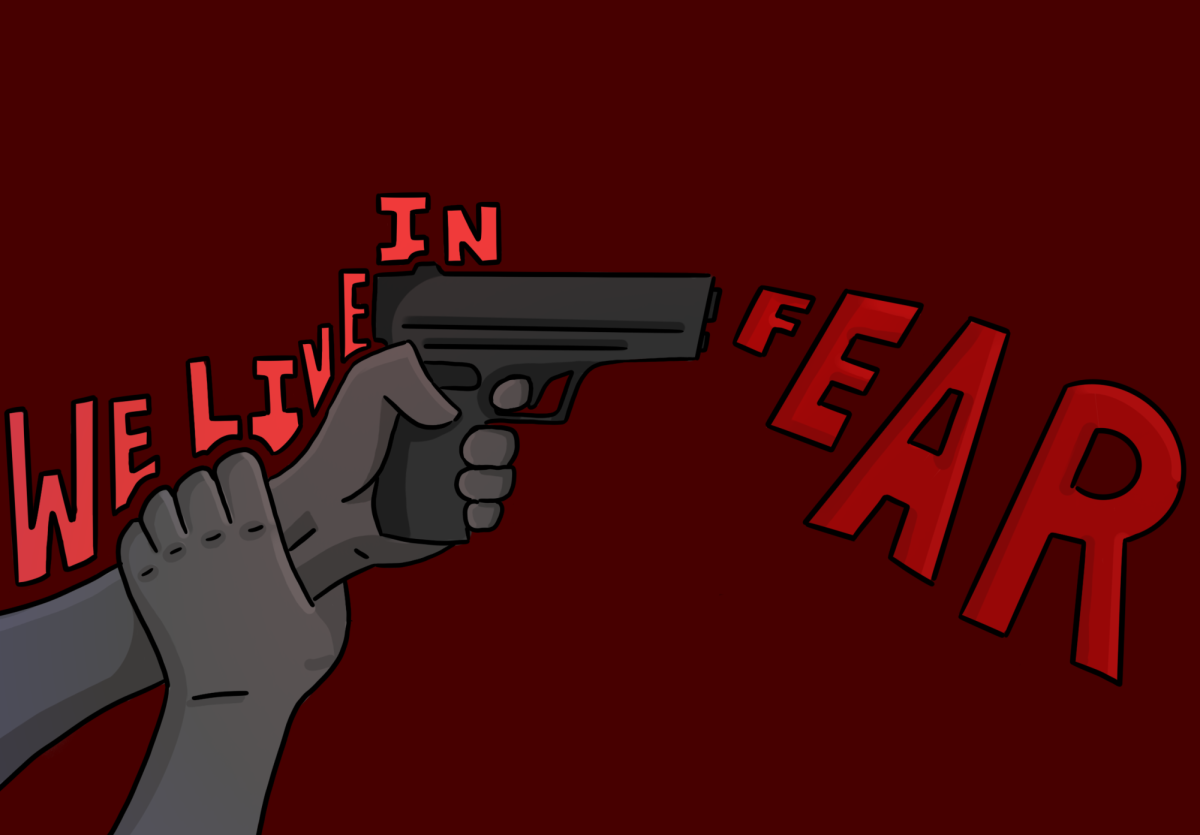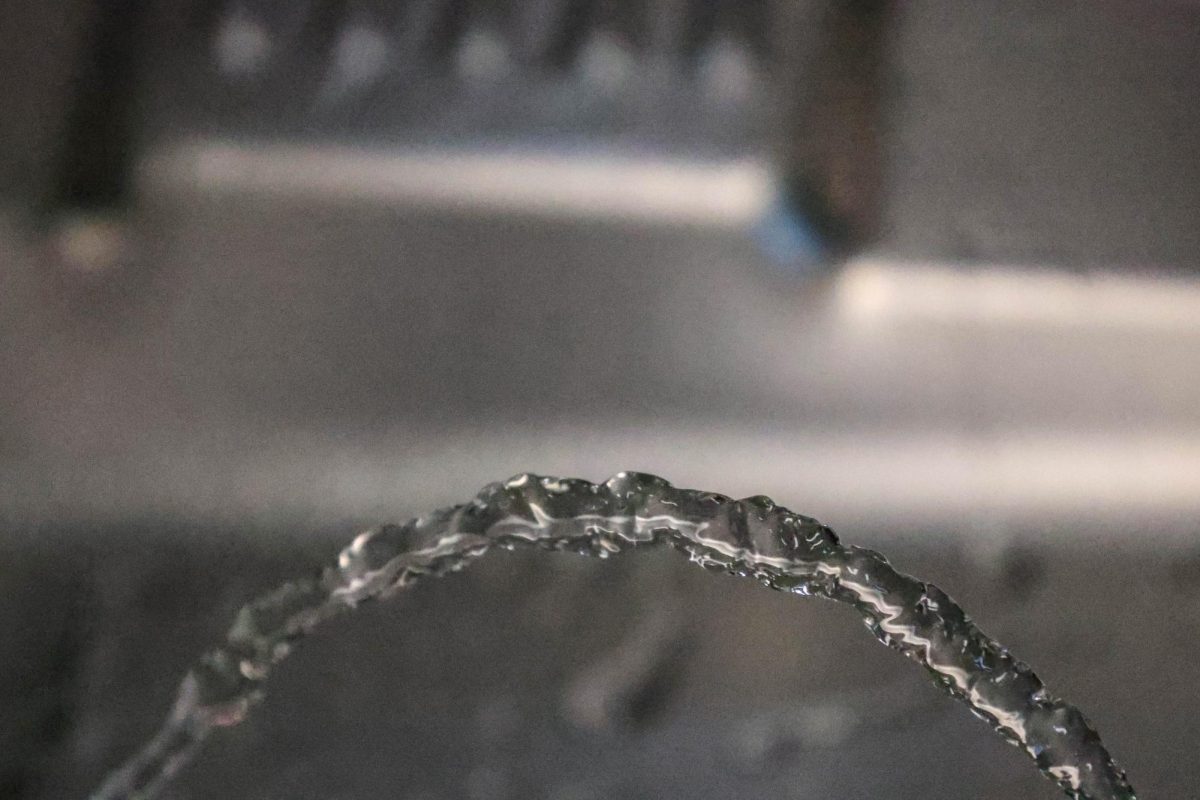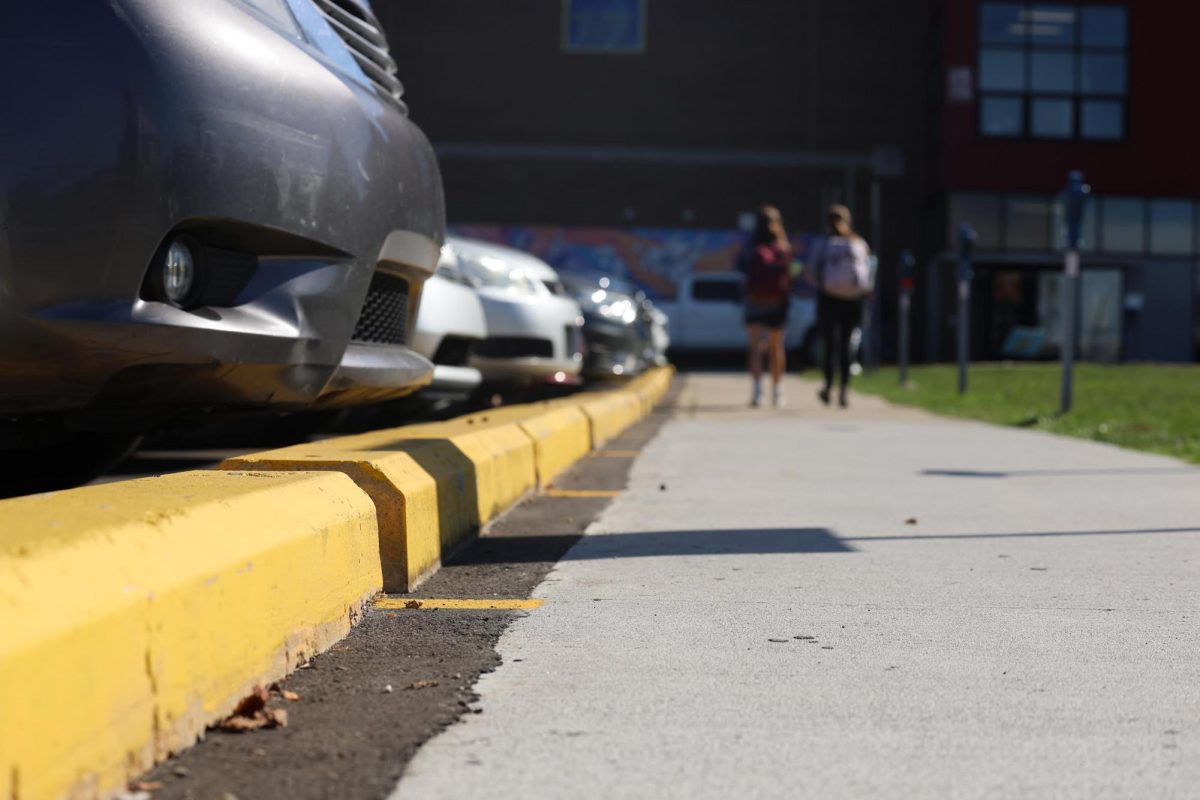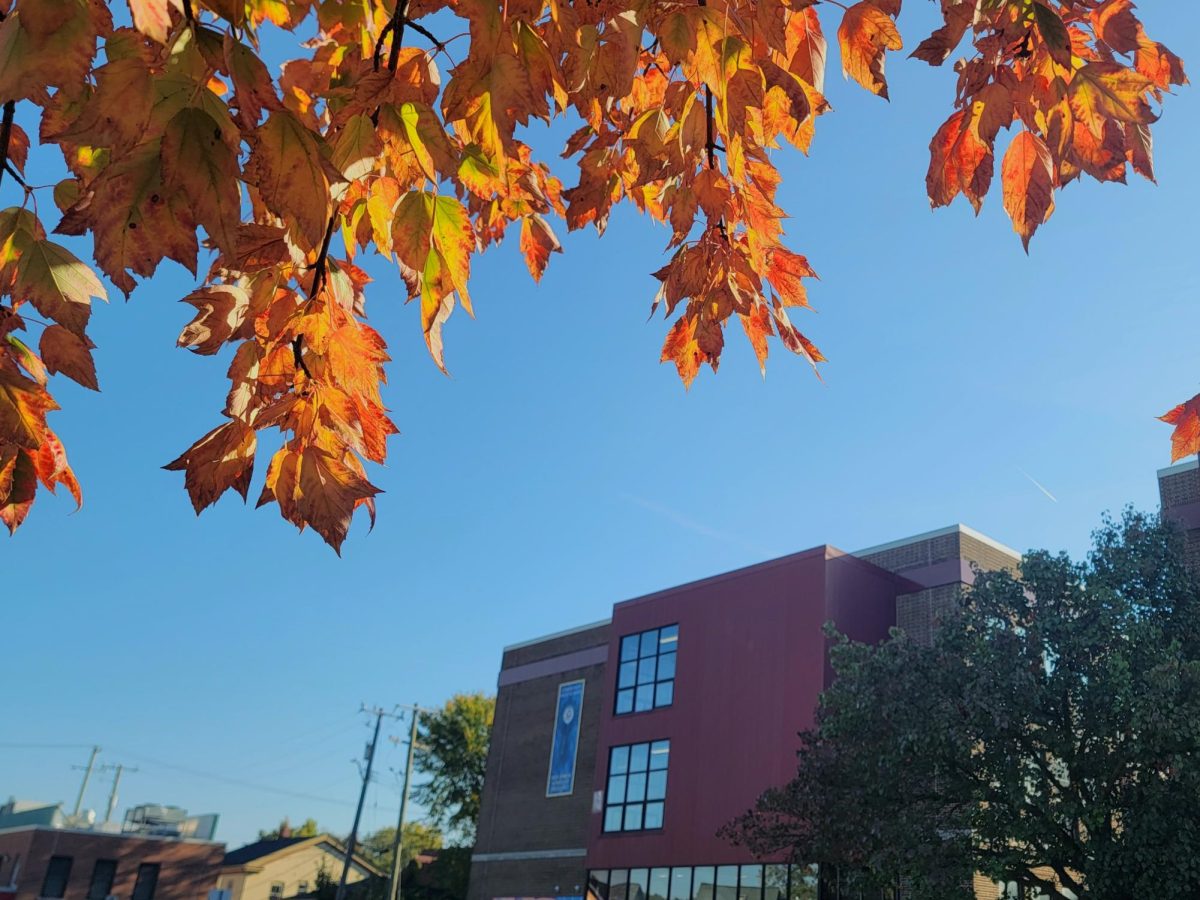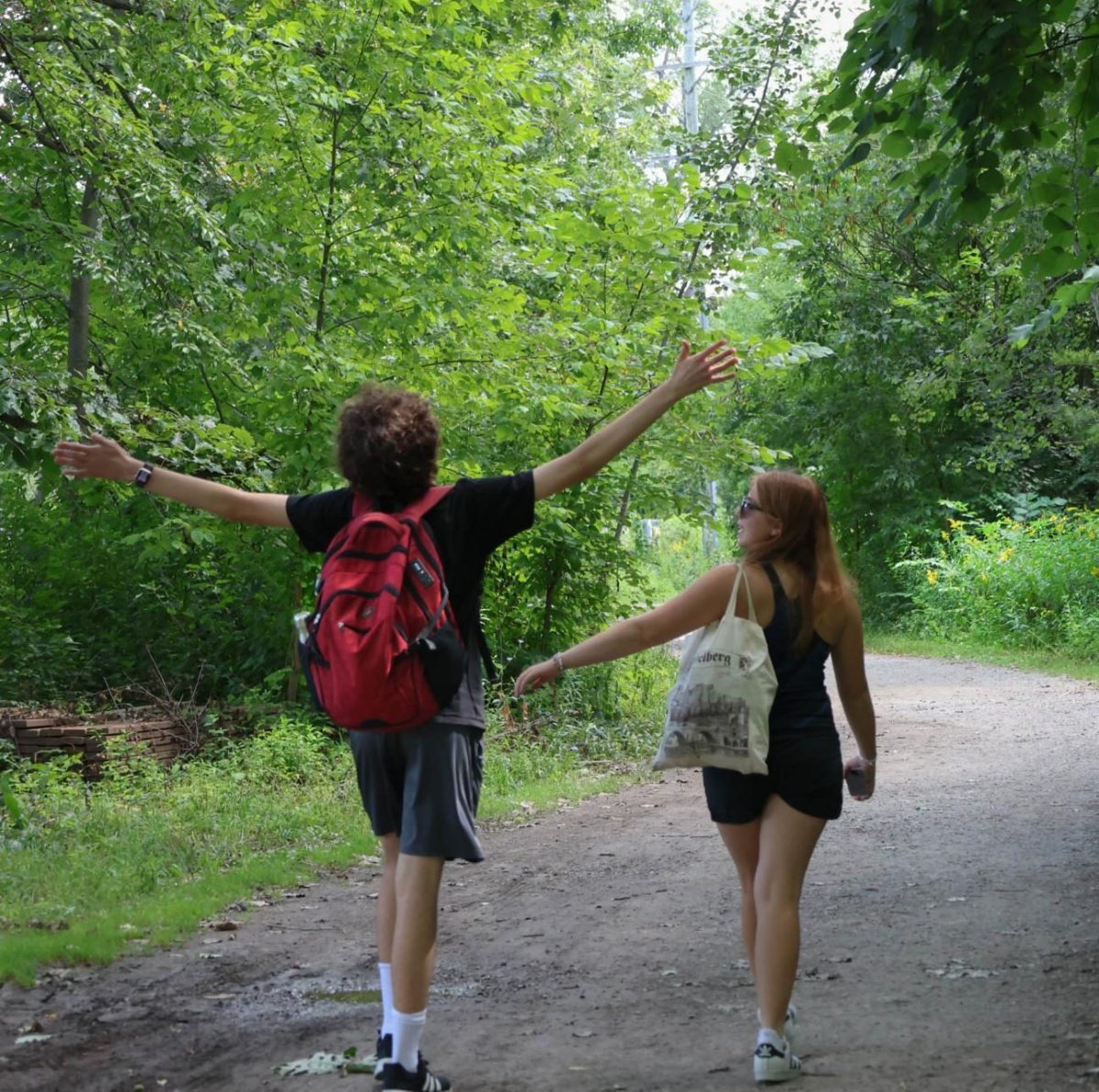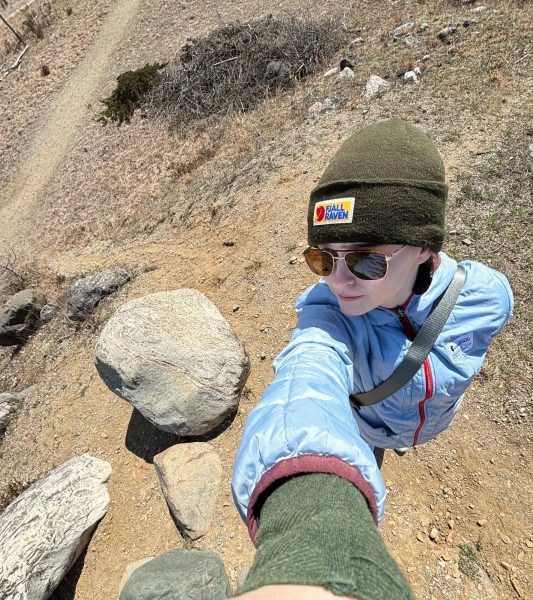My numb feet thudded on the frozen Pioneer prairie. Was I mid-race or in the middle of a medical mystery?Racing for the Skyline High School cross country team, I had come to Pioneer High School for a meet they were holding. It was late fall, and I stood shivering at the start line. Soon after I had removed my warm-up layers, my body experienced something ghostly: Raynaud’s phenomenon (RP).
This “disease” is a non-transmissible condition that involves vasospasms in one’s extremities as an extreme response to cold or other factors. Some research suggests that there are genetic ties, but the cause of RP is relatively unknown. That being said, there are two different kinds of RP. Secondary Raynaud’s is a symptom of an underlying condition, often an autoimmune disease. Primary Raynaud’s means that someone doesn’t have an underlying condition, and the cause of their RP is a mystery.
Blood stopped running to my feet and hands as I ran. It was the perfect concoction of contributors: Cold weather and norepinephrine. The neurotransmitter responsible for feelings of nervousness, and excitement is unfortunately a vasoconstrictor, meaning that it constricts blood vessels. The anticipation involved in a race triggered my RP, and the cold made it even worse. I came to the top of one hill in the woods and was met by a cheering senior teammate. I was a tiny, five-foot-two freshman in a tank top and spandex. She immediately noticed that something was wrong. I held up my white fingers and breathily said something about how cold I was. She met me at the finish line with her coat. An RP attack is alarming. The signature tri-color change goes from white to blue to red. Starved for long enough, it can hurt when the blood finally returns in the red phase. Aside from the optics of the situation, RP can be dangerous. How do you race when you can’t feel your feet? And worse, how do your cells get oxygen?
I used to love winter. Then, temperatures less than 60 degrees Fahrenheit required planning warm outfits. RP altered my body’s perception of what “cold” was. Even in the summer, if I was excited, I would have an attack. From presenting in class to catching the bus, the entanglement of anxious feelings and vasospasms became undeniably intrusive.
My pediatrician referred me to a rheumatologist who started me on a calcium channel blocker to ease my RP. She ordered obligatory blood tests, though we were both quite sure that my RP was primary. Upon further physical examination, she noticed some differences in my fingers, saying that if I was older she would think it was arthritis. The bloodwork showed inflammation, no rheumatoid factor and no scleroderma or lupus. The next step was an ultrasound to get a better idea of the joint spaces in my fingers. Two years after I started presenting with RP, I was diagnosed with polyarticular juvenile arthritis (JA). My JA is “idiopathic,” meaning “unknown.” Therefore, my RP could be primary or secondary to this autoimmune condition: The cause of each condition is unknown.
While medications may offer a physical reprieve from RP and JA, I am still learning how to seek out mental reprieve. Norepinephrine can be exhilarating and dangerous; a rollercoaster of a neurotransmitter. I cannot alter the weather, but I can employ strategies to reduce norepinephrine.
Perhaps the cold is a nervous system-regulating gift.



